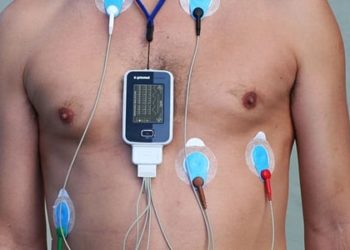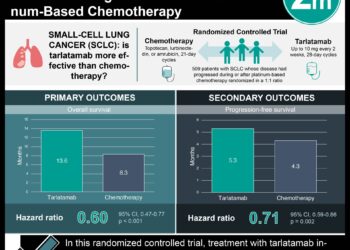Poststroke fatigue following nondisabling stroke associated with impairment of attention and executive function
Image: CC/James Heilman
Key study points:
1. Higher levels of depression, anxiety, cognitive impairment, and executive dysfunction are all positively correlated with poststroke fatigue at 1 year.
Primer: Although receiving little attention from the healthcare community, fatigue following stroke, i.e. poststroke fatigue (PSF), is a remarkably prevalent condition affecting 30%-72% of stroke patients. PSF is considered to be a lack of energy or effectiveness when performing a physical or mental task. PSF can be associated with conditions such as anemia or be the direct result of brain dysfunction, resulting in primary PSF. While primary PSF is traditionally considered independent of, anxiety, depression, executive dysfunction, and cognitive impairment, this study aimed to investigate the relationship between PSF and other poststroke sequelae.
Background reading:
- Glader E, Stegmayr B, Asplund K. Poststroke fatigue. Stroke. 2002. 33:1327-1333.
- Ingles JL, Eskes GA, Phillips SJ. Fatigue after stroke. Archives of Physical Medicine and Rehabilitation. 1998. 80(2):173-178.
This [prospective cohort] study: 109 nondisabling stroke patients from Switzerland were enrolled in this study. Patients were excluded based on prior impairment of daily life such as psychiatric history or known sleep disorders. Patients were evaluated at 6 months and 12 months poststroke for fatigue along with neuropsychological testing. 30% and 23% of patients reported fatigue at 6 and 12 months, respectively. About one-third of patients were found to have impairment on cognitive testing during the study period. Interestingly, in “professionally active” patients, 64.3% and 55.4% of the subset had reduced or given up on a lucrative activity at 6 and 12 months, respectively. Multivariate logistic regression analysis of fatigue data at one year revealed that PSF was independently associated with high depression scores and sustained attention dysfunction on neuropsychological testing (p<0.05), No significant correlation between infarct site and level of fatigue was found.
In sum: The current study found that attentional and executive impairment, as well as depression, are independently associated with post-stroke fatigue at 1 year poststroke. The results advance the notion that the etiology of PSF is complex and cannot be explained by the localization of the lesion. As the accompanying editorial proposes, attentional and executive function are thought to be diffusely represented in neural circuitry in the brain, which might explain the lack of correlation between fatigue and specific stroke locations.
Despite being well-designed, the study is limited by a relatively small sample size and inability to indicate causality in the association between PSF and attentional/executive functioning. While the etiology remains elusive, this study takes a step towards understanding the very common, yet still enigmatic, symptom of fatigue plaguing poststroke patients. Given the correlation between PSF and reduced professional activity, increased recognition and management of PSF should be tremendously beneficial in stroke patients who do not otherwise have more well-defined neurological deficits.
Click to read the study in Neurology
Click here to read the accompanying editorial
By [JP] and [RR]
© 2012 2minutemedicine.com. All rights reserved. No works may be reproduced without written consent from 2minutemedicine.com. DISCLAIMER: Posts are not medical advice and are not intended as such. Please see a healthcare professional if you seek medical advice.




